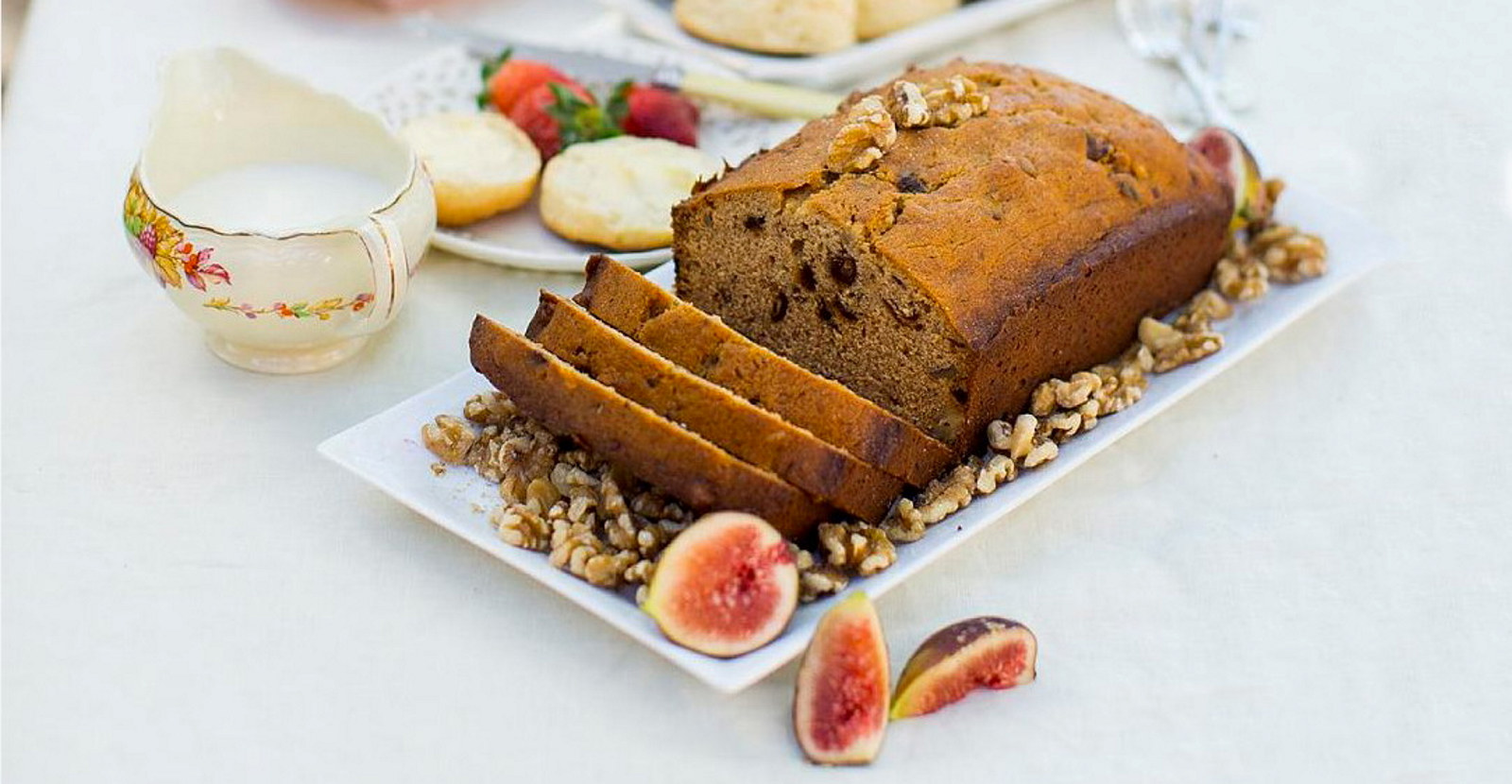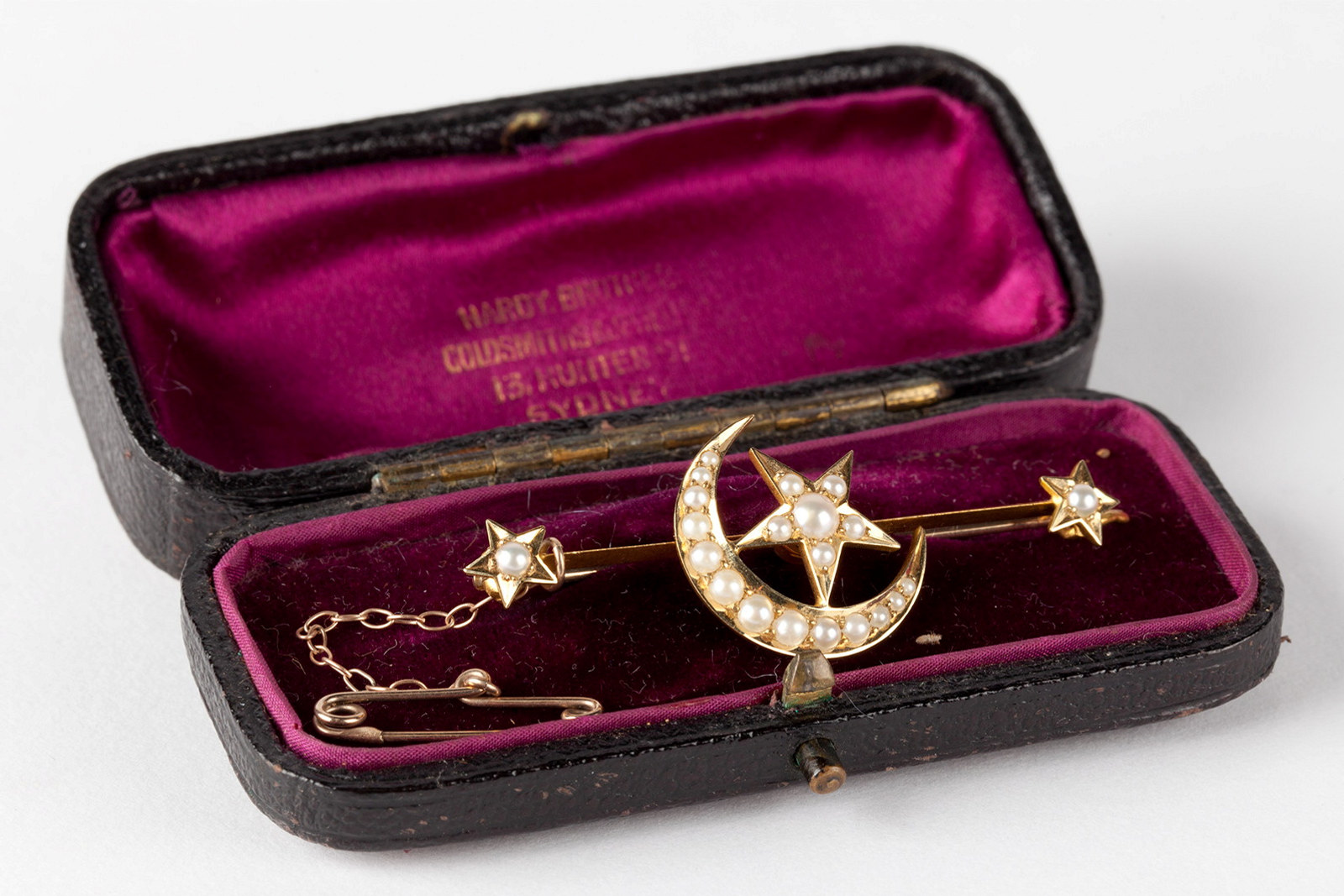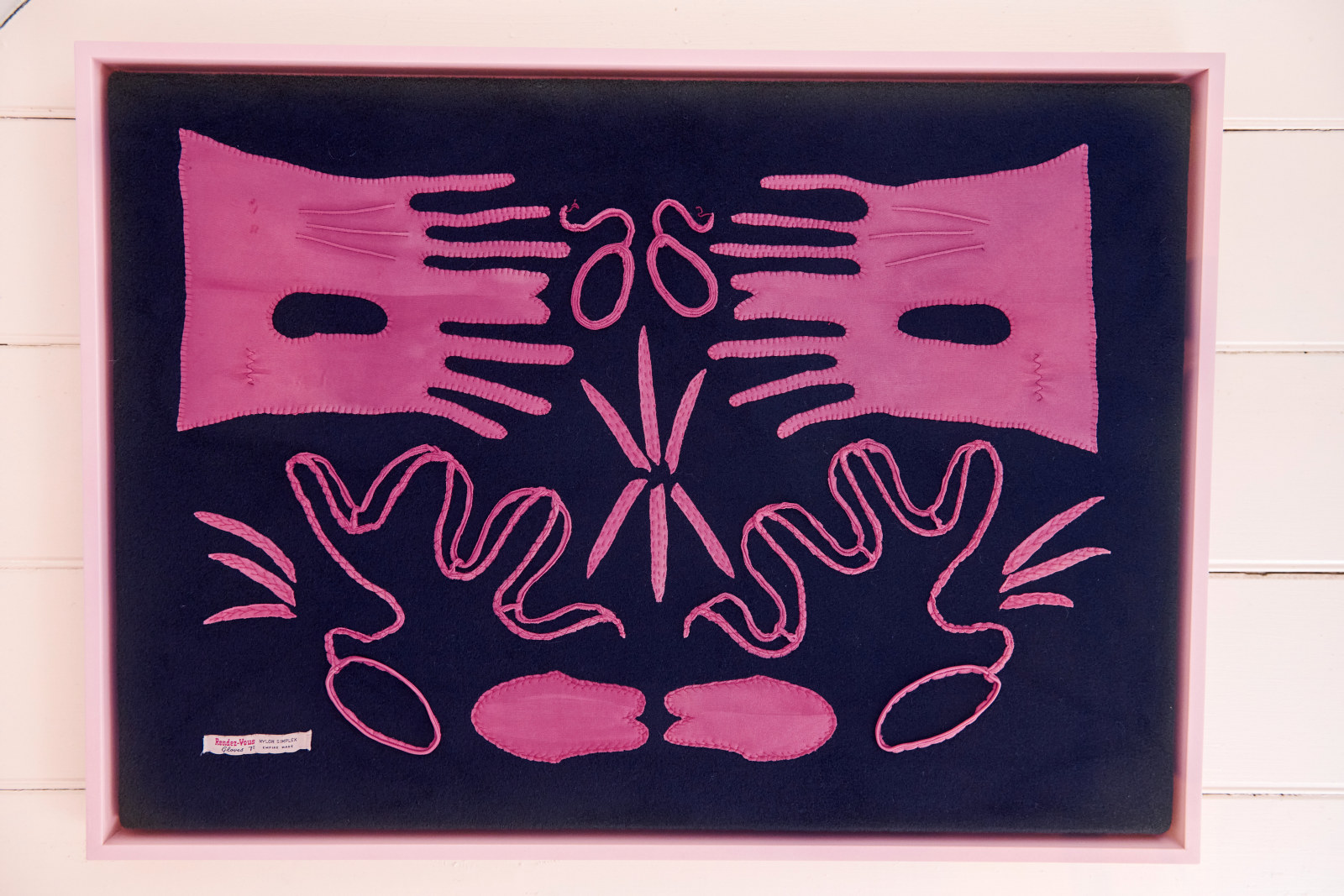A home of their own
A young woman of the Victorian era, Tot Thorburn had suitors and male friends but chose not to marry. She enjoyed a long and happy life with her sisters at Meroogal.
Kennina Fanny Thorburn (1865–1956), known as Tot, was the youngest of Robert and Jessie Thorburn’s eight children. She lived much of her life with her three unmarried sisters at the beautiful home of Meroogal in Nowra. Tot never married, but diaries, letters and oral history accounts from Meroogal’s collection reveal that this was almost certainly by choice.
The ‘rules’ of courtship
Courting in the Victorian era followed defined codes of conduct. While these may seem proscriptive to a modern mind, they were designed to prevent offence being accidentally given or intentions being misconstrued. However, a book published in 1885 indicates that Australian young people were less constrained than many guides suggest: ‘Young people of either sex … have much freedom in their social intercourse in this country, and are with the consent, knowledge and approval of parents or guardians at liberty to associate and mingle freely with those of the opposite sex’.1
Tot’s diaries, written from 1888 to 1896, reveal a life that matches this more relaxed approach. Tot began keeping a diary in her early twenties. At the time, she lived in Cambewarra with her maternal grandfather, Thomas McKenzie, uncle Kenneth and niece Jessie ‘Jess’ Macgregor, the daughter of Tot’s eldest sister and close to her in age.
The diaries show that Tot took pleasure in her friendships with young men, and perhaps sometimes the ‘rules’ weren’t being strictly followed. Although nothing untoward is revealed, it seems ‘Uncle Kenny’ felt the need to reprimand Tot and Jess at times: in 1888, Tot writes that she and Jess ‘unburdened our minds to each other’ as they had ‘both been misjudged by Uncle Kenny’. She continues, ‘it has made us more determined to do what we think is right & to be careful of our behaviour in gentlemans company. I am sure we want less than ever to think of them’.2
No well-bred lady will too eagerly receive the attentions of a gentleman, no matter how much she admires him; nor, on the other hand, will she be so reserved as to altogether discourage him. A man may show considerable attention to a lady without becoming a lover; and so a lady may let it be seen that she is not disagreeable to him without discouraging him.
D McConnell, Australian etiquette, or the rules and usages of the best society, People’s Publishing Company, Melbourne, 1885
A series of suitors
Tot’s brother Tom regularly brought his University of Sydney friends south for visits. Robert ‘Bert’ Dick and Donald McKay Barnet were frequent visitors who feature in the early diaries. Upon meeting Bert, Tot writes, ‘I was a little shy with Bert & so was he, he is very tall nice looking & I believe nice’.3 She describes times spent with Jess, Bert and Donald taking walks, picnicking at Jervis Bay and waltzing in the hallway of Meroogal. On one occasion, she describes how Bert carried her across a creek and waltzed with her in the middle of the water! She writes, ‘I like Bert very much’.4 In 1894, Donald married Jess (read the moving story of their eldest son, Robert, in our WWI stories). However, although Tot and Bert exchanged many letters and remained friends, an engagement never eventuated.
In 1892, the mysterious Mr Mason appears in the diary. Referred to by Tot as ‘the silent man’, Mr Mason was a goldmining entrepreneur met through her brother Robert. He often visited and stayed overnight at Meroogal, and Tot enjoyed playing tennis with him, as well as trips with her sisters to the nearby goldmining village of Yalwal to visit his mining operation. However, a diary entry from 29 November has been edited by Tot, who crossed out the words that detail a private conversation between her and Mr Mason – perhaps a proposal that was declined. The following sentence reads, ‘I treated him badly and felt sorry afterwards’. For the next week she dwelled on what had happened, staying up late to talk about it with Jess, and after her next meeting with Mr Mason she writes, ‘I don’t feel very bright and happy these times’.5 There are no more holidays in Yalwal, and Mr Mason soon disappears from the diary.
In the final years of Tot’s diaries, we hear of Joseph Thornton ‘Thorn’ Tweddle, introduced as the suitor of family friend Lillian Billis. Thorn and Lillian married in 1883, but sadly Lillian died two years later, leaving Thorn a widower. The family story handed down through Tot’s great‑niece June Wallace tells us that Thorn ‘was one of Aunt Tot’s admirers and … was interested in marrying her’. Although they didn’t marry, Thorn ‘remained a great family friend’.6 At Meroogal are two French carriage clocks brought back from one of Thorn’s numerous overseas visits as presents for Tot and her sister Kate.
Sisterly love
Tot’s diaries record a happy and independent life. Her days were filled with household chores but also picnics and dances, moonlight boat rides, and games of dominoes, tennis and golf. She loved making and listening to music, and taking trips to Sydney, Melbourne and around country NSW.
Tot lived most of her life at Meroogal with her unmarried sisters, Belle, Georgie and Kate. In 1886 they had experienced the tragic death of another sister, Margaret, following the birth of her son, who also passed away in the following year. This loss may have influenced the sisters’ choice to remain single and childless and instead to share a home with one another. The four sisters were fortunate to have been included in their father’s will, giving them an unusual degree of financial freedom and the ability to choose a single life.
According to June Wallace, the sisters’ ‘lifestyles and domestic routines naturally changed with their transition to old age, but their special qualities of integrity, enduring friendship, a well-organised daily routine, acute interest in current affairs, humour and wit plus gentle kindness remained to the end of their lives (though Aunt Kate in her eighties had a great difficulty in suffering fools gladly)’. Tot was especially close to Kate, and June recalls their companionship in their final years at Meroogal: ‘When Tot and Kate were quite old and had given up social times of days “at home” they would go out for a drive every afternoon, except Sunday, armed with a picnic tea’.7
Over its 100 years as a home, Meroogal was occupied by four generations of women: matriarch Jessie; her daughters, the Thorburn sisters; their Macgregor nieces; and finally June Wallace. In 1985 it was acquired by the Historic Houses Trust of NSW (now Museums of History NSW).
Footnotes
1. D McConnell, Australian etiquette, or the rules and usages of the best society, People’s Publishing Company, Melbourne, 1885, p187.
2. Tot’s diary, 6 February 1888.
3. Tot's diary, 6 June 1888.
4. Tot's diary, 9 June 1888.
5. Tot’s diary, 4 December 1892.
6. J Wallace et al, Meroogal oral histories: June Wallace interviewed by Sue Hunt and Ann Toy, 13 June 1985 (sound recording).
7. J Wallace et al, Meroogal oral histories: June Wallace interviewed by Sue Hunt and Ann Toy, 13 June 1985 (sound recording).
Author
Nicole Ison
Customer Services Officer, Meroogal
Published on
Related stories

A 1920s garden revisited
The garden at Meroogal, dating from 1886 was a source of pride for the Thorburn and Macgregor families

A manuscript cookbook from Meroogal
Cooking was an integral part of the rhythm of life for the family at Meroogal, near Nowra on the south coast of New South Wales

Baubles, brooches & beads
We wear jewellery as articles of dress and fashion and for sentimental reasons – as tokens of love, as symbols of mourning, as souvenirs of travel

Celebrating women artists across NSW
The Meroogal Women’s Art Prize, now in its 19th year, was launched on 16 September 2022